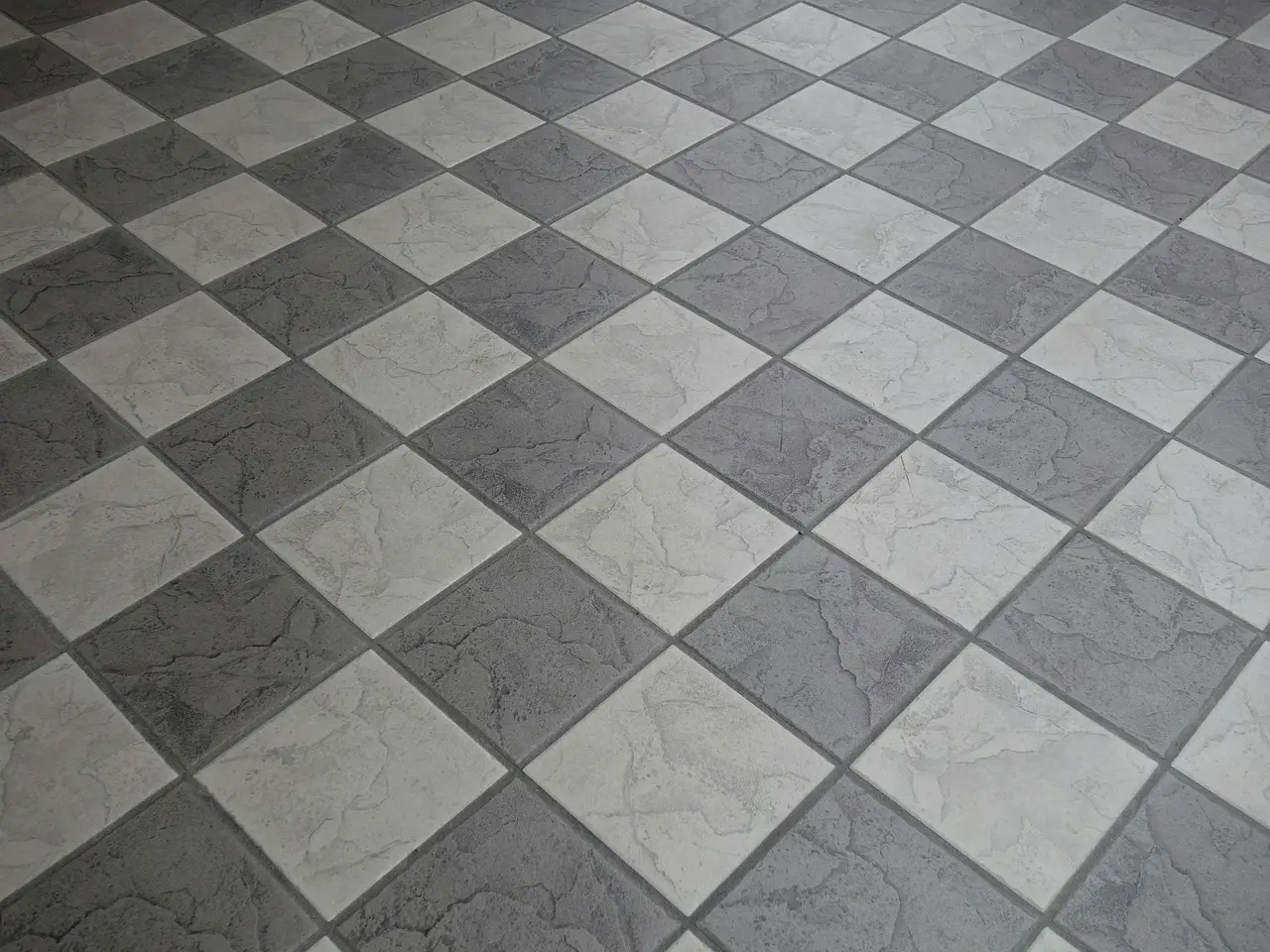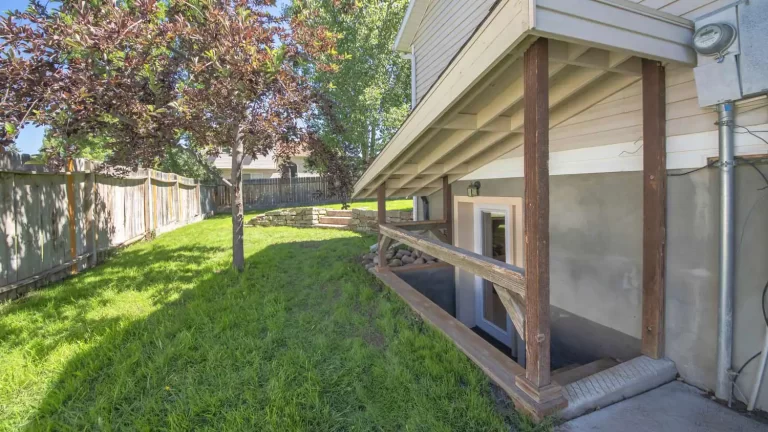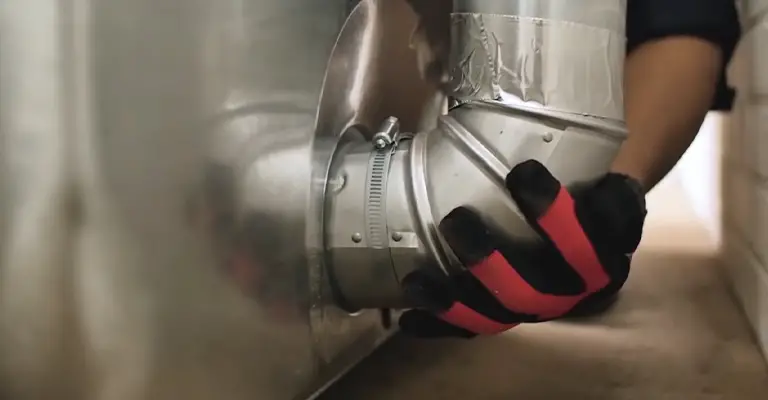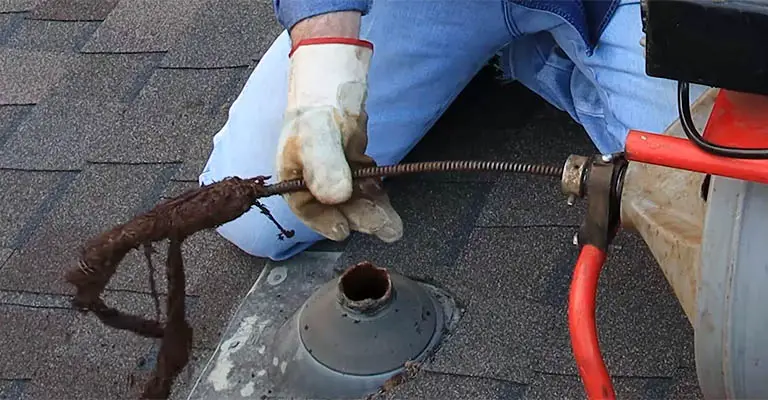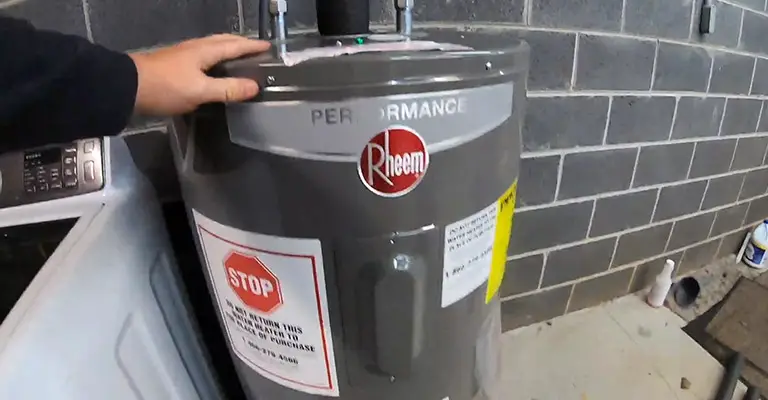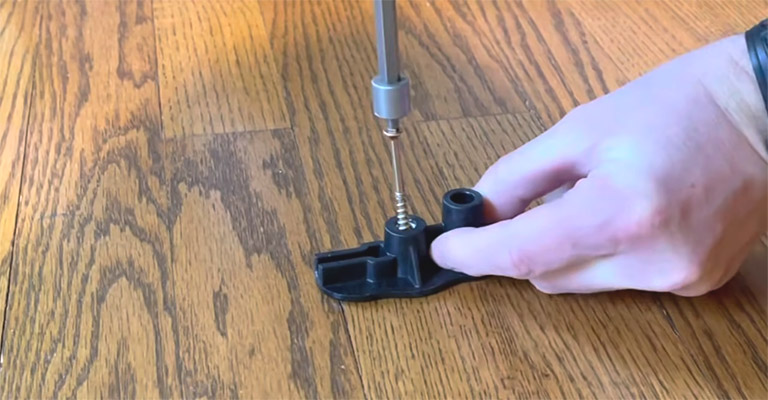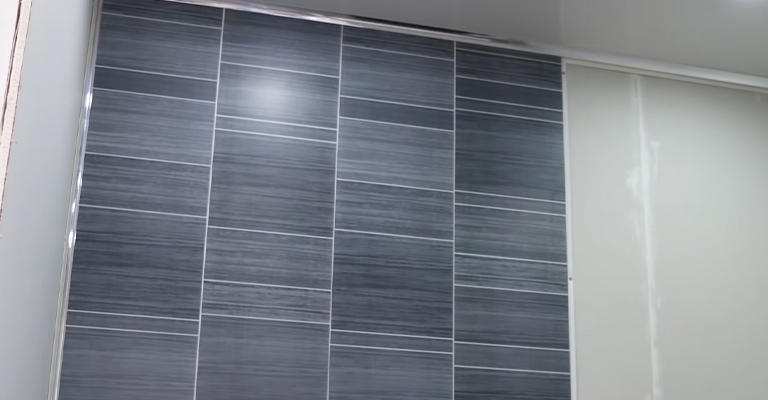The Importance of Underlayment for Tile Installation
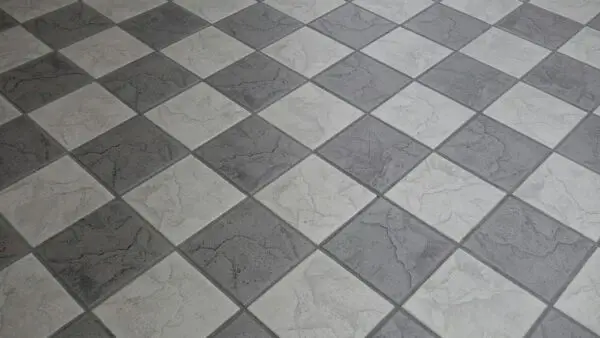
The process of tile installation, while intricate, is not complete without the critical component of underlayment. Serving as a protective intermediary layer between the subfloor and the tile, the underlayment has a pivotal role in ensuring the durability and the aesthetic appeal of the installed tile. This article aims to demystify the concept of underlayment for tile, its importance, different types, and key factors to consider when selecting the best underlayment for your tiling project.
What is Underlayment for Tile?
Tile underlayment refers to the material layer that’s placed directly on the subfloor before laying tiles. This robust buffer plays a substantial role in providing a smooth, even, and solid base for the tiles.
Why is Underlayment for Tile Essential?
Surface Leveling
A well-chosen underlayment provides a level surface for the tile, reducing the risk of tiles cracking due to uneven subfloors.
Moisture Protection
Some underlayments offer a moisture barrier, protecting the tiles and subfloor from potential water damage. This is crucial, especially in moisture-prone areas like bathrooms and kitchens.
Soundproofing
Certain types of underlayment also provide soundproofing properties, reducing noise transmission between floors in multi-story buildings.
Types of Underlayment for Tile
Different types of tile projects require different types of underlayment. The main types include:
Backer Board
Also known as cement board, this is a sturdy and durable underlayment suitable for floor, countertop, and wall tile installations. It’s highly resistant to moisture, making it ideal for wet areas.
Uncoupling Membranes
These plastic underlayments are designed to prevent cracks in the subfloor from transferring to the tile. Uncoupling membranes, such as those offered by brands like Ditra, are easy to install and provide excellent water resistance.
Plywood
This traditional underlayment option is generally used under non-moisture-prone conditions. A minimum thickness of 1/4 inch is recommended for the best performance.
Self-leveling Underlayments
These are typically used when the subfloor is significantly uneven. They are poured onto the floor and naturally seek level before hardening, creating a flat surface for tile installation.
Choosing the Right Underlayment for Tile
The selection of underlayment depends largely on the nature of your tile project. Here are some considerations:
Type of Installation
For areas exposed to moisture, a waterproof underlayment like backer board or an uncoupling membrane is ideal. For dry areas, plywood can be a cost-effective option.
Subfloor Condition
If the subfloor is uneven, self-leveling underlayments are perfect for creating a smooth, flat surface.
Tile Type
Heavy tiles require a robust underlayment that can withstand the weight without shifting or cracking.
Considerations When Installing Underlayment for Tile
Proper installation of underlayment is as important as its selection. Here are some key considerations:
Subfloor Preparation
Before installing the underlayment, ensure that the subfloor is clean, dry, and free of any debris that could interfere with the adherence of the underlayment.
Cutting and Fitting
The underlayment needs to be accurately cut and fit. Ensure there’s a small gap between the sheets to allow for expansion.
Adherence
Depending on the type of underlayment, it should be either screwed, nailed, or adhered with a thin-set mortar to the subfloor.
Sealing
When using a moisture-resistant underlayment, such as a backer board, the seams should be sealed with a waterproof tape or compound to prevent water infiltration.
Maintaining Your Underlayment for Tile
While underlayment itself doesn’t require maintenance, it plays a vital role in the maintenance and longevity of your tile floor. A well-chosen and correctly installed underlayment can prevent common issues such as cracked tiles and grout, mold growth due to moisture, and uncomfortable noise levels.
Frequently Asked Questions About Underlayment for Tile
To further clarify the concept of underlayment for tile, let’s address some frequently asked questions:
Can I install tile without underlayment?
Technically, yes. But it’s not recommended. Skipping the underlayment can lead to uneven surfaces, cracked tiles, and moisture damage. The underlayment is essential to the longevity and durability of your tile installation.
Can I use any type of underlayment for my tile project?
No, the type of underlayment should be chosen based on the specifics of the project. For instance, if you’re installing tiles in a moisture-prone area like a bathroom, you should opt for a waterproof underlayment like a backer board or an uncoupling membrane.
Do I need a professional to install the underlayment for tile?
It depends on your comfort level with home improvement projects. While some homeowners might be comfortable with DIY underlayment installation, others may prefer the expertise of a professional. Either way, it’s crucial that the installation is done correctly to ensure the longevity of your tile.
Understanding the intricacies of underlayment for tile can elevate the quality of your tile installations, whether you’re a homeowner embarking on a DIY project or a seasoned professional. With this comprehensive guide, you’re now well-equipped to make the best decisions for your tiling project.
Conclusion
The role of underlayment in tile floors cannot be overstated. Whether installed over concrete slabs, wood subfloors, or directly onto floor joists, an appropriate underlayment is fundamental to successful ceramic tile installations. The process of installing tile is enhanced significantly when underlayment serves as an intermediary layer, providing a level base for tiles and preventing moisture from compromising the subfloor.
A concrete slab or a plywood subfloor may require different types of underlayment, each with unique installation methods. On concrete floor structures, thinset mortar often binds the underlayment securely, while on wood subfloors, fasteners may be used for a firm grip. Additionally, for projects involving the installation of tile directly onto subfloors, a crack isolation membrane may be necessary to protect against subfloor movement affecting the tile surface.
Remember, while mortar beds or other underlayments might be suitable for specific flooring installations, understanding the condition of your subfloor is crucial. Whether it’s a concrete slab or wood subfloor, your choice of underlayment should prioritize the longevity and stability of your tile surface. This understanding will pave the way for a high-quality, long-lasting flooring installation, keeping your tiles standing strong for years to come.

